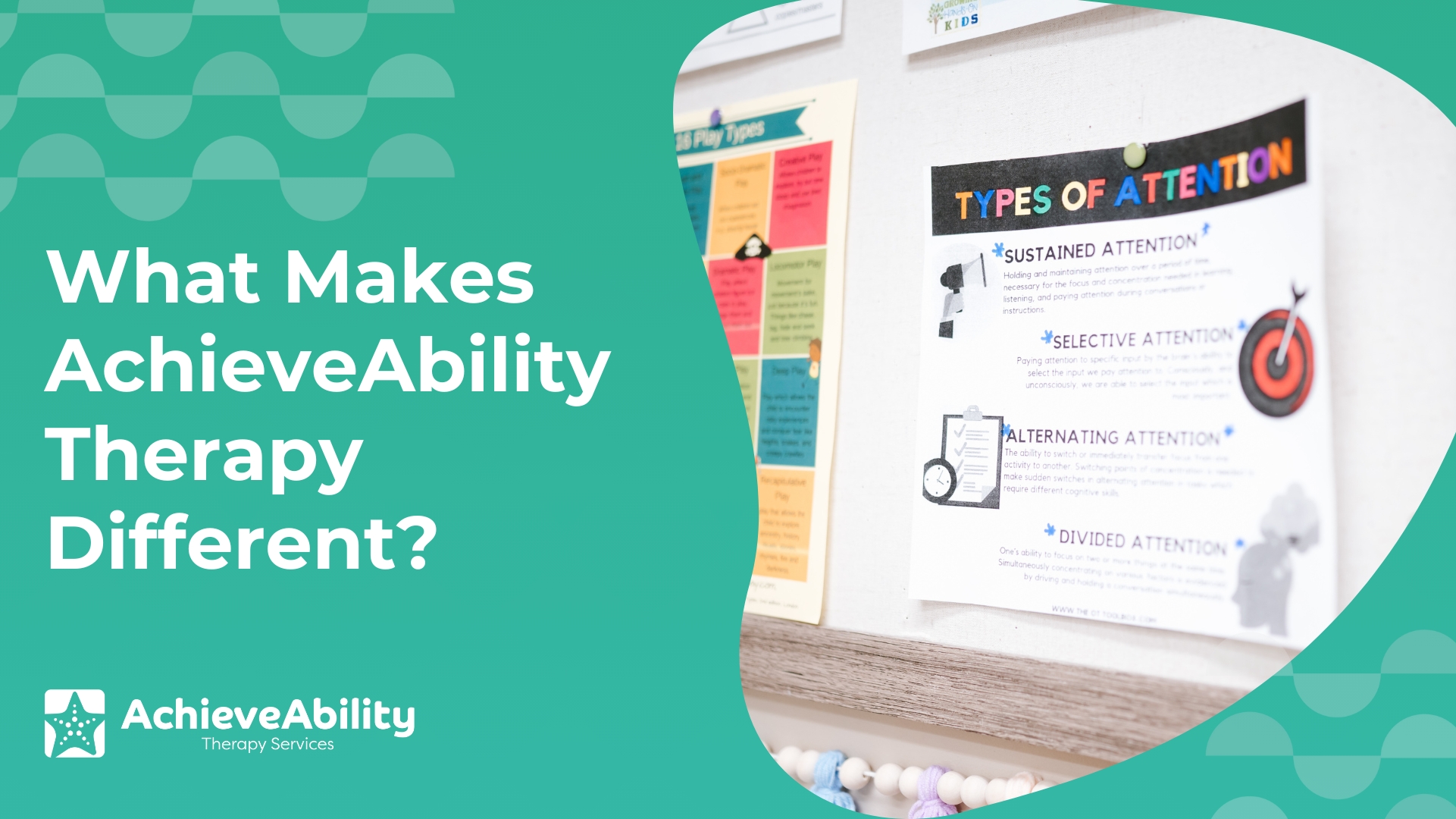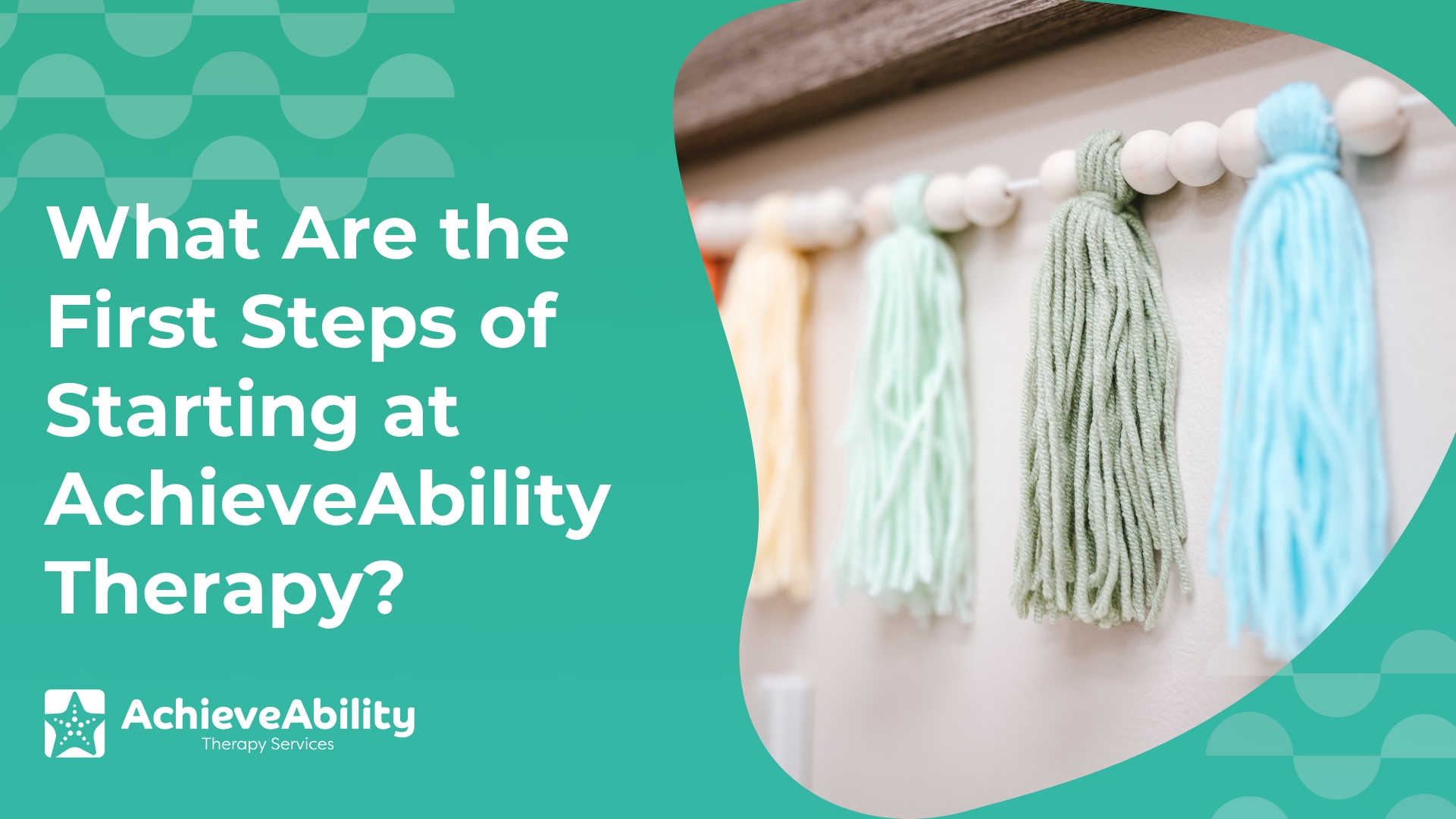These days, the idea of creating healthy routines is all the rage for adults. We’re thinking about our morning routines, skincare routines, and exercise routines. We’re thinking about routines all the time, and ultimately, they are helpful for everyone. Routines keep our lives running smoothly, help minimize the number of things we’re thinking about at any given time, and help us manage the daily flow of our lives.
Routines are essential for people with autism spectrum disorder. Children and adults on the spectrum prefer predictability and patterns in their daily lives. Having a dependable routine provides that for them, and as their parent or caregiver, enables us to give them what they need regularly without second-guessing ourselves. Routines help children with autism engage more in their education and their relationships and can minimize challenging behaviors emerging.
All children can benefit from routines, whether or not they are on the autism spectrum. Routines are beneficial for families because they are a way to create dependability and predictability for each family member. But routine doesn’t come naturally to everyone. If you need help with how to create helpful routines for your household, here are some tips to get you started.
1. Define The Steps
A successful routine has clearly defined steps. If the routine is simply “after dinner, we get ready for bed,” that leaves a lot to the imagination. What does “ready for bed” look like? Does it include a bath? Does it include preparation for the next day of school? Create a system with your child that includes all the expected steps so that you give them a chance to be successful. You may need to create multiple systems during any given day. Getting ready for school in the morning, coming home after school, and preparing for bed are different transitional moments during the day that can benefit from a routine. The more precise you can be with your expectations, the better.
2. Engage Tools
A great way to keep children focused during routine is by adding tools like timers or alarms to help them stay focused and motivated to complete the task in a timely manner. For example, when the bedtime routine starts, you may begin by setting a timer for a quick five-minute pick up of their room, followed by a timer for two minutes of teeth brushing, followed by a timer to see how quickly they can get dressed in their pajamas, followed by an alarm to let everyone know it’s time to go to bed. These two simple tools can keep you on track and gamify certain aspects of your routine.
3. Do It Together
Even the greatest routine may require some parental support. Walk through with them step by step and take the time to help establish your expectations so they can easily replicate them. You may eventually be able to step away and do something else while your child performs their routine independently. Still, at the beginning, your support is vital for establishing long-term success. Plus, doing it together gives you the opportunity to praise their successes along the way.
4. Be Consistent
A bedtime routine performed once a week is unlikely to stick. As parents, it’s really important to be as consistent as possible with your routine to give your child the structure and predictability they crave. When your routines are consistent, you will experience reduced conflict, your child will be more cooperative and motivated, and they will gain a sense of autonomy.
Remember that you are on a journey to help your child learn to navigate the world through the lens of their autism spectrum disorder. Take time to celebrate your successes as they come, and be willing to adjust your routine as needed. We’re not creating routines for the sake of it but to make life easier and happier for the whole family. If you’d like more information about creating routines for your family, we’d love to help. Contact us today to learn more about ABA Therapy for children with autism spectrum disorder.







